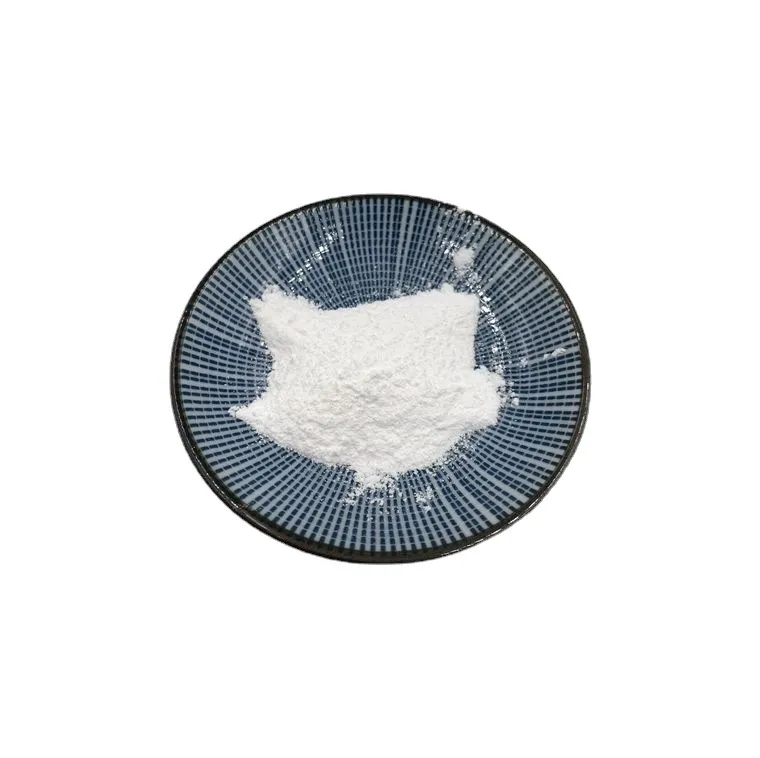Warning: Undefined array key "title" in /home/www/wwwroot/HTML/www.exportstart.com/wp-content/themes/1198/header.php on line 6
Warning: Undefined array key "file" in /home/www/wwwroot/HTML/www.exportstart.com/wp-content/themes/1198/header.php on line 7
Warning: Undefined array key "title" in /home/www/wwwroot/HTML/www.exportstart.com/wp-content/themes/1198/header.php on line 7
Warning: Undefined array key "title" in /home/www/wwwroot/HTML/www.exportstart.com/wp-content/themes/1198/header.php on line 7
- Afrikaans
- Albanian
- Amharic
- Arabic
- Armenian
- Azerbaijani
- Basque
- Belarusian
- Bengali
- Bosnian
- Bulgarian
- Catalan
- Cebuano
- China
- China (Taiwan)
- Corsican
- Croatian
- Czech
- Danish
- Dutch
- English
- Esperanto
- Estonian
- Finnish
- French
- Frisian
- Galician
- Georgian
- German
- Greek
- Gujarati
- Haitian Creole
- hausa
- hawaiian
- Hebrew
- Hindi
- Miao
- Hungarian
- Icelandic
- igbo
- Indonesian
- irish
- Italian
- Japanese
- Javanese
- Kannada
- kazakh
- Khmer
- Rwandese
- Korean
- Kurdish
- Kyrgyz
- Lao
- Latin
- Latvian
- Lithuanian
- Luxembourgish
- Macedonian
- Malgashi
- Malay
- Malayalam
- Maltese
- Maori
- Marathi
- Mongolian
- Myanmar
- Nepali
- Norwegian
- Norwegian
- Occitan
- Pashto
- Persian
- Polish
- Portuguese
- Punjabi
- Romanian
- Russian
- Samoan
- Scottish Gaelic
- Serbian
- Sesotho
- Shona
- Sindhi
- Sinhala
- Slovak
- Slovenian
- Somali
- Spanish
- Sundanese
- Swahili
- Swedish
- Tagalog
- Tajik
- Tamil
- Tatar
- Telugu
- Thai
- Turkish
- Turkmen
- Ukrainian
- Urdu
- Uighur
- Uzbek
- Vietnamese
- Welsh
- Bantu
- Yiddish
- Yoruba
- Zulu
ئاب . 22, 2024 05:32 Back to list
Exploring the Benefits and Applications of Xanthan Gum in Sugar-Based Products
Xanthan Gum and Sugar A Unique Pair in the Culinary World
In the realm of food science and culinary innovation, the combination of xanthan gum and sugar has stirred considerable interest among chefs and food technologists alike. Xanthan gum, a polysaccharide derived from the fermentation of sugar by the bacterium Xanthomonas campestris, plays a pivotal role in the food industry due to its thickening and stabilizing properties. When paired with sugar, it enhances the textural qualities of various food products, providing an intriguing dimension to flavor and mouthfeel.
Understanding Xanthan Gum
Xanthan gum is a versatile ingredient that acts as a thickening agent, stabilizer, and emulsifier. Its ability to form a gel-like consistency when mixed with water makes it invaluable in a variety of products, from salad dressings and sauces to ice creams and baked goods. This unique compound is especially helpful in gluten-free baking, where it replicates the elasticity and viscosity that gluten would normally provide. By combining xanthan gum with sugar, manufacturers can create products that not only taste good but also maintain their intended texture and stability over time.
The Role of Sugar
Sugar, on the other hand, serves multiple functions in food preparation. Besides its primary role as a sweetener, it also acts as a preservative, flavor enhancer, and texture modifier. Sugar contributes to the Maillard reaction, a chemical process that occurs when sugars interact with amino acids during cooking, leading to desirable browning and complex flavors. When used in conjunction with xanthan gum, sugar can further refine the texture of food products, enhancing their overall palatability.
Applications in Food Products
xanthan gum sugar

The synergy between xanthan gum and sugar is evident in various culinary applications. In the realm of gluten-free baking, for instance, the combination can produce moist, stable cakes and cookies that do not crumble easily. Xanthan gum holds the moisture, while sugar caramelizes during baking, leading to a scrumptiously textured end product.
In the beverage industry, this pairing is equally beneficial. Xanthan gum can stabilize flavored drinks, preventing ingredients from separating, while sugar provides the sweetness needed to mask any off-flavors that may arise from the formulation process. This dynamic duo is also commonly found in sauces and dressings, where the xanthan gum ensures a smooth consistency, and sugar balances acidity and enhances flavor.
Health Considerations
While the benefits of xanthan gum and sugar are abundant, it is important to consider health perspectives. Xanthan gum is generally recognized as safe, but excessive consumption can lead to digestive issues for some individuals. Sugar, on the other hand, is often criticized for its contribution to various health problems, including obesity and diabetes. Hence, it is essential to balance these ingredients in food formulations, ensuring that they contribute to the overall healthfulness of the product.
Conclusion
The combination of xanthan gum and sugar represents a fascinating intersection of science and culinary artistry. Their unique properties complement each other, resulting in food products that boast not only great flavor but also exceptional texture and stability. As consumers become more health-conscious and demand innovative food solutions, the importance of understanding how ingredients like xanthan gum and sugar interact will only grow. Ultimately, this pairing exemplifies how strategic ingredient selection can elevate the culinary experience, providing both culinary professionals and home cooks with the tools needed to create delicious and appealing dishes.
Latest news
-
Certifications for Vegetarian and Xanthan Gum Vegetarian
NewsJun.17,2025
-
Sustainability Trends Reshaping the SLES N70 Market
NewsJun.17,2025
-
Propylene Glycol Use in Vaccines: Balancing Function and Perception
NewsJun.17,2025
-
Petroleum Jelly in Skincare: Balancing Benefits and Backlash
NewsJun.17,2025
-
Energy Price Volatility and Ripple Effect on Caprolactam Markets
NewsJun.17,2025
-
Spectroscopic Techniques for Adipic Acid Molecular Weight
NewsJun.17,2025

